When learning thread and run loop, I notice that some articles say: "Generally, a thread just exits once it has done its work." So there is necessity sometimes to create a so-called "immortal thread"(?? I don't know the exact term in English) using NSRunloop.
The question is HOW can I prove the statement "just exits once it has done its work"? I code like this
- (void)doSomethingOnThread {
// dispatch_async(dispatch_get_global_queue(DISPATCH_QUEUE_PRIORITY_DEFAULT, 0), ^{
// NSLog(@"I'm on thread %@", [NSThread currentThread]);
// });
NSThread *thread1 = [[NSThread alloc] initWithBlock:^{
NSLog(@"I'm on thread %@", [NSThread currentThread]);
}];
thread1.name = @"thread1";
[thread1 start];
[[NSNotificationCenter defaultCenter] addObserver:self selector:@selector(threadExitHandler:) name:NSThreadWillExitNotification object:nil];
}
- (void)threadExitHandler:(NSNotification *)noti {
NSLog(@"Thread will exit: %@", noti);
}
Well, the notification handler is not called.
So, [1]: How can I prove a thread exiting? [2]: What kinds of threads behave so?(I know the main thread will never exit, what about other thread? GCD threads, for example?)

